The What Hi-Fi? Hall of Fame: the best hi-fi of the 1990s
Our pick of the best products of the '90s, featuring the Pioneer A400, Pro-Ject Debut, Sennheiser HD600 and more

In 2016 What Hi-Fi? celebrated its 40th anniversary, and to mark the occasion we picked our 40 most influential products from those four decades.
We started with the year the publication was born (1976), listing the best hi-fi of the 1970s, before continuing our celebratory journey through the 1980s. And now we find ourselves at the '90s! Our pick of the best products from that decade span the Pioneer A400, Pro-Ject Debut, Sennheiser HD600 and more... and lead us confidently into the noughties and 2010s (links below).
A new product is added to our Hall of Fame every year at the What Hi-Fi? Awards, so when this year's rolls around we'll be starting our 2020s list too...
- The What Hi-Fi? Hall of Fame: 1970s
- The What Hi-Fi? Hall of Fame: 1980s
- The What Hi-Fi? Hall of Fame: 2000s
- The What Hi-Fi? Hall of Fame: 2010s
- The What Hi-Fi? Hall of Fame: 2020s
Denon TU-260L (1990)

This unassuming Denon is arguably the most important tuner in What Hi-Fi? history. The Mk1 version ran from 1990-98, and was followed by the Mk2, which ran until 2006.
That’s an impressively long life, but in its own understated way this FM/AM tuner was quite some product. For the £100 it cost we couldn’t find an alternative we preferred.
The 260L was built well, simply laid out and easy to use. Once you got a decent signal – a dedicated outdoor FM aerial was desirable in most cases – it delivered a well-balanced sound that worked superbly across talk radio and music stations.
There was plenty of detail and it was well organised, and wrapped up in an easy-going overall balance. Don’t let the Denon’s low-key appearance fool you, this is as much a classic as any other product here.
Get the What Hi-Fi? Newsletter
The latest hi-fi, home cinema and tech news, reviews, buying advice and deals, direct to your inbox.
Pioneer A400 (1990)
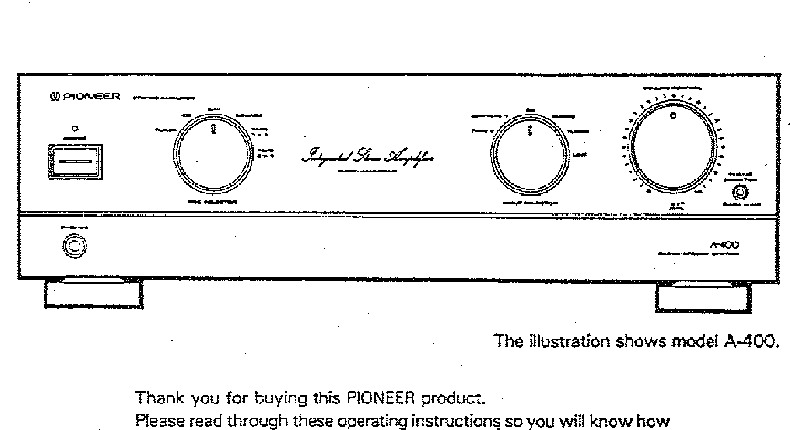
The arrival of Pioneer’s A400 in the early 90s was a seismic event in the budget amplifier market. It had a combination of detail, agility and dynamics few rivals could get close to, all wrapped in a slickly built package.
The amplifier’s impact sent the competition back to the drawing board, forcing wholesale changes in the budget market. Everyone from Arcam and Cyrus through to Denon had to revamp their products to compete, but even then they struggled.
So did Pioneer when the time came to replace the A400, and subsequent models never quite captured the magic of the original.
We heard systems where the Pioneer was flanked by high-end sources and speakers, yet still came up smelling of roses – there aren’t many budget products with that kind of capability.
The only downside was a slightly thin, excitable balance that needed a bit of careful system-matching to allow the amp to shine. Get that right and the A400 rewarded like few others.
Mission 753 (1993)
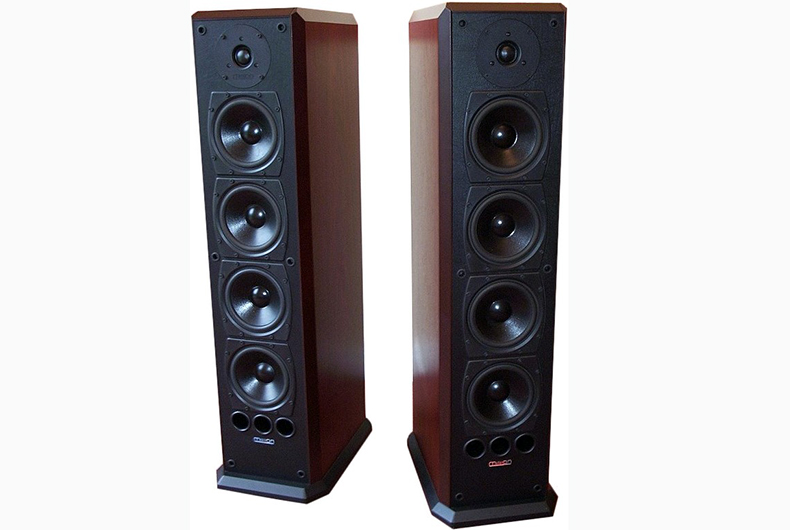
How many drive units can you get in a single box? In the case of Mission’s 753s, as many as possible. When they were introduced back in the mid-90s, these slim towers reignited the market for sub-thousand pound floorstanders.
While the sound quality had much to do with their domination – we talked of strong dynamics, quick responses and loads of detail – other aspects of the design made them stand out.
At the time Mission was a master at turning out stylish speakers that looked hi-tech. The 753s was a crisp and forward-looking design, with subtle details that made most of the competition look old-fashioned.
Perhaps even more importantly, they looked great in a domestic environment - which meant they were welcome in houses where more traditional alternatives wouldn’t be allowed past the front gate. It's a lesson sections of the industry are still yet to learn.
Marantz CD63 KI Signature (1995)
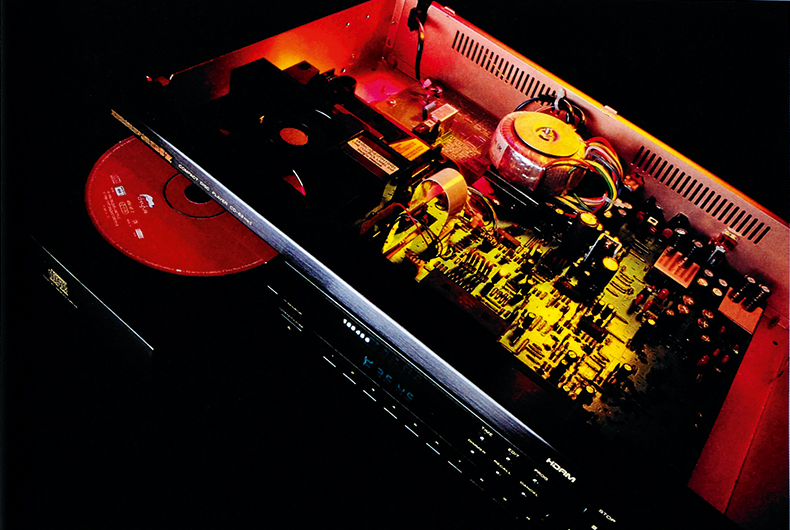
Marantz is no stranger to producing top-class CD players, particularly at the more affordable end of the market, but even today the CD63 KI Signature has to go down as its crowning achievement.
Based on the CD63, this product featured a host of improvements including upgraded circuit components and improved construction, which together lifted its performance dramatically. The KI in the name stands for Ken Ishiwata, Marantz’s Brand Ambassador, who developed the player to match his own impeccable taste.
Sonic gains included improved detail, more expressive dynamics and a chunky gain in refinement. The balance strayed to the rich and smooth side of neutral, but still packed plenty in the way of excitement and drive.
Denon DM3 micro (1998)
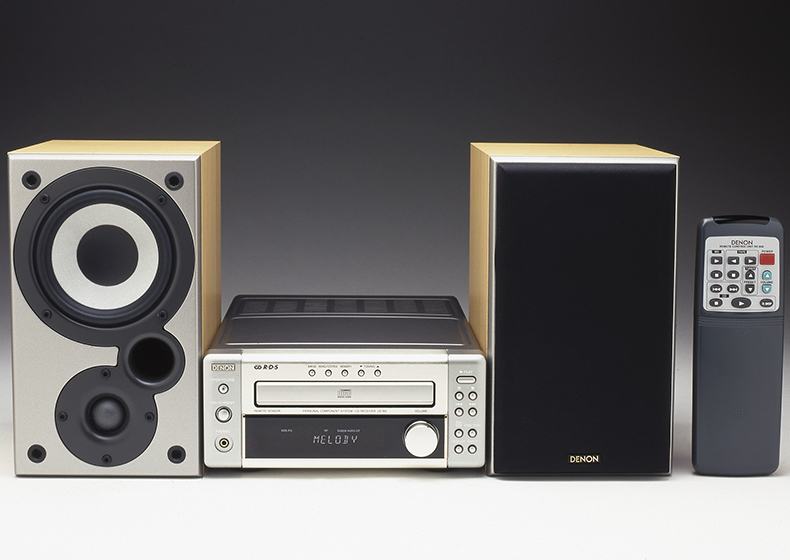
Denon has dominated the micro-system market for almost two decades thanks to the foundations laid by the DM3. The company has built generations of products based on its gloriously convenient half-width casing.
CD replay and a radio have always been part of the equation, with later generations able to accept a digital feed from external sources. This original version came with optional speakers, which worked superbly with the main unit.
The DM3 didn’t become a legend by having a strong features list, though. There’s no shortage of rivals that do at least as well. No, the Denon’s advantage was its superb sound.
Sure, a collection of quality budget separates (from the same era) would outperform it in all sonic areas, but they’d invariably cost far more.
What the DM3 did - and its descendants still do – was deliver an engaging and entertaining performance beyond that offered by the competition. That it did so in such an affordable, well-built and easy-to-use package just seals its reputation.
Sennheiser HD600 (1998)
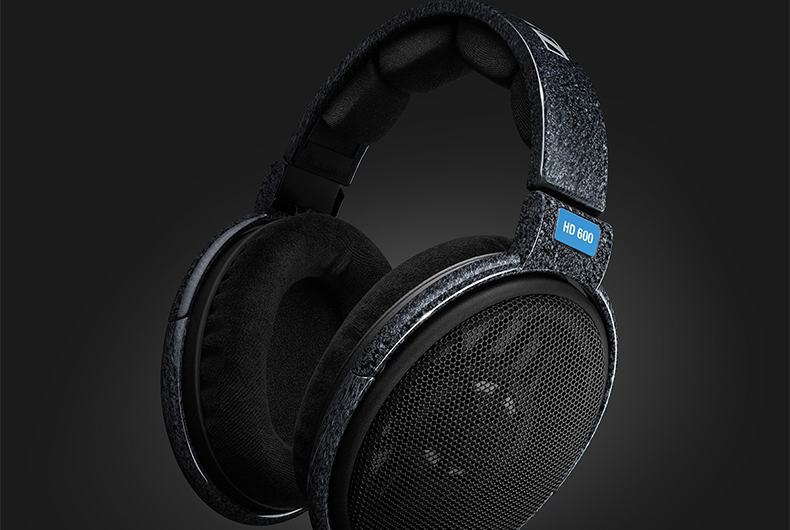
There were premium headphones before the HD600s and there have been many since, but there’s something about this late 90s design that still strikes a chord.
They had a wonderfully forgiving, smooth balance, yet delivered plenty of attack and drive when required. Detail levels were high, but despite all the analysis it was oh-so-easy to sit back and get lost in the music.
Move away from the sound and the HD600s continued to impress. They were well built, and designed with long-term use in mind.
An example? The cables were detachable, which made them a breeze to replace if one got damaged. These Sennheisers were comfortable too, being light and carefully shaped.
Subsequent models made gains in transparency and overall performance, but even today the HD600 headphones stand out as something special.
Arcam Alpha 7SE (1999)
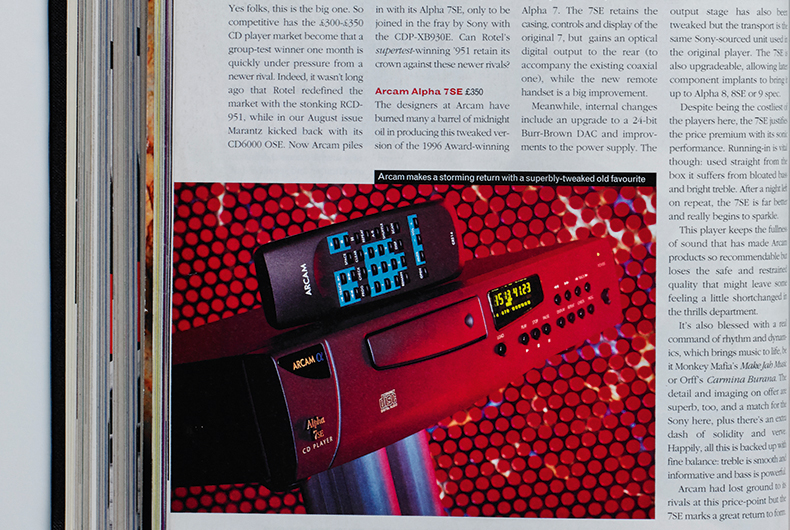
For much of the 90s Arcam dominated the affordable CD player market with a series of excellent machines, delivering a formidable combination of sound quality and superb build. We think the 7SE was the brand’s crowning achievement of the era.
Coming to the party at the tail-end of the 90s, this £350 player steamrollered price rivals and set a stiff task for those retailing for twice as much. The sonic presentation was authoritative, refined but packed a good dose of dynamics. The 7SE uncovered an impressive amount of detail too, and organised it well, delivering a wonderfully entertaining sound.
While that plastic front panel wouldn’t pass muster today, this player was solidly made and cleverly constructed. It was easily upgradable, but most owners were more than happy with the standard player. At the price nothing came close.
Pro-Ject Debut (1999)
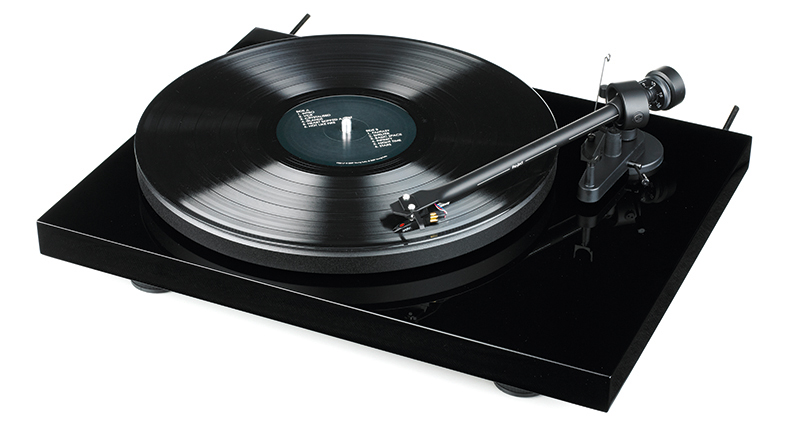
Since its inception in 1990, Pro-Ject has been one of the authentic heroes of the entry-level turntable and a true enabler of the current and on-going vinyl revival.
Designing its products in Austria, manufacturing them in Slovakia and the Czech Republic, it’s a Central European success story – and the Debut (which was, annoyingly, not its first product) is perhaps the most successful of the lot.
Following Pro-Ject’s avowed ethos of delivering ‘simple-to-use, maintenance-free and reliable’ products that ‘perform beyond all expectations normally associated with their price’, the Debut was corking value for money and a deserved hit.
Almost 20 years of improvements and upgrades has led to the Debut Carbon and its variants, but it’s with 1999’s Debut that Pro-Ject first made its mark.
MORE:
Kob began his career at What Hi-Fi?, starting in the dusty stockroom before rising up the ranks to join the editorial and production team as the Buyer’s Guide editor. Experienced in both magazine and online publishing, he now runs the TV & audio section at Trusted Reviews where he keeps a beady eye on all the latest comings and goings in the hi-fi and home cinema market.
